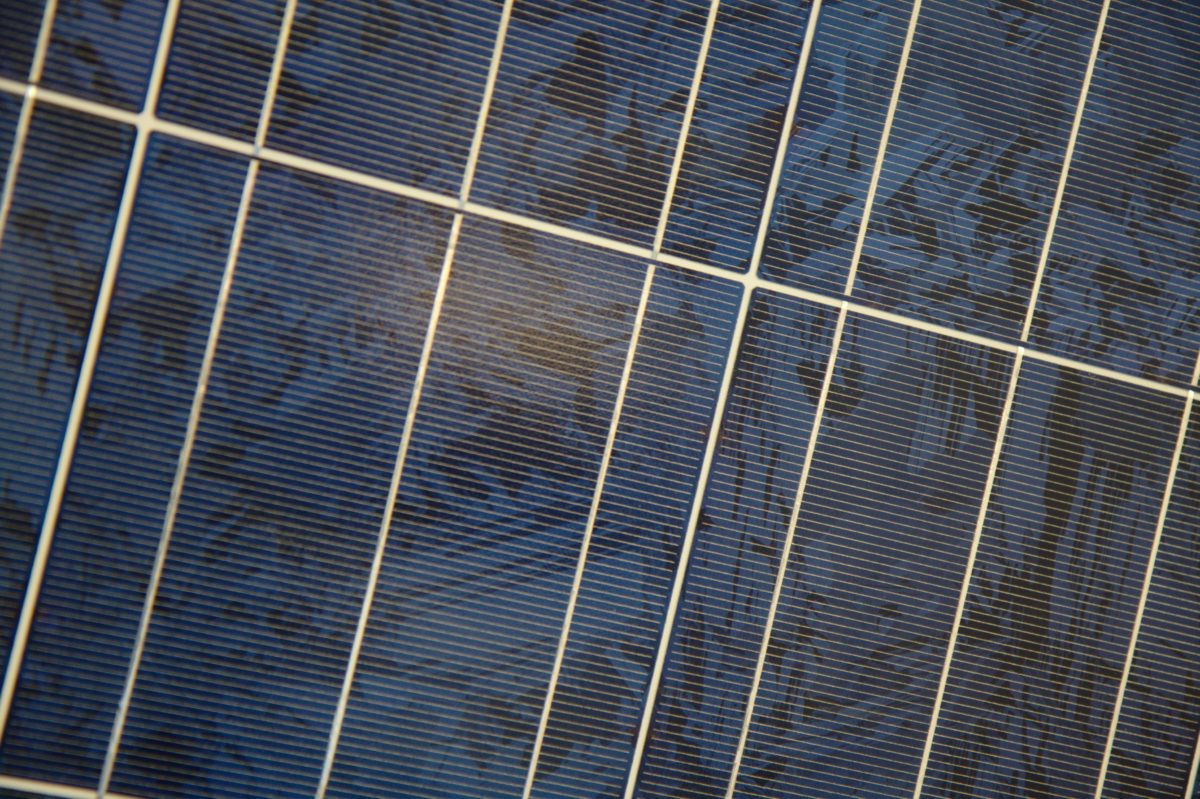A group of scientists from the Ferdowsi University of Mashhad and the University of Mohaghegh Ardabili, in Iran, has developed a solar module cooling technique based on a thermoelectric module and natural cooling.
Thermoelectric modules are widely utilized for the electronic cooling of devices such as personal computer processors, portable food and beverage storage systems, and temperature-control car seats, among other uses.
The cooling system was built with an aluminum heat sink with a size of 10x40x100mm and a thermoelectric module with dimensions of 4x40x40mm and a weight of 25g. The hot part of the thermoelectric module was attached to the rear side of a 10 W solar panel and the cold part of it was connected to the heat sink through a silicon adhesive. The solar panel is cooled exclusively by the thermoelectric device, which is, in turn, cooled down by the heat sink via free convection.
The scientists used a laser thermometer to measure the panel's ambient and surface temperature and a multimeter to measure current and voltage. The measurements were taken on a sunny day in winter in Iran, between 9 a.m. and 2 p.m., at temperatures ranging from 10 to 17 degrees Celsius and the panel had a tilt angle of 45 degrees. “Data were recorded every 15 minutes with three replications to ensure the accuracy of the experiment and reduce human error,” the scientists specified.
Popular content
The experiment showed that the average temperature of the solar panel without the cooling system was 37.78 degrees Celsius and that when the thermoelectric module was in operation, it dropped to 27.74 degrees Celsius, which corresponds to a 26.5% decrease in panel temperature. “The results show that the use of [a] thermoelectric module can increase the efficiency of solar panels by an average of 10.5%,” the Iranian group explained. “The average efficiency change on a normal solar panel was 0.117% and on a panel with a thermoelectric module it was 0.129%, indicating a 10.5% improvement.”
The academics concluded that the proposed cooling system proved to be effective in reducing the temperature of a solar panel and increasing electrical efficiency. A cost assessment of the novel technology, however, was not provided. All the details on the system can be found in the paper Evaluation of solar panel cooling systems using anodized heat sink equipped with thermoelectric module through the parameters of temperature, power and efficiency, which was recently published in Energy Conversion and Management: X.
This content is protected by copyright and may not be reused. If you want to cooperate with us and would like to reuse some of our content, please contact: editors@pv-magazine.com.



Thanks, for giving me chance to share my point of view, the PV Solar Panels, made as per regional requirements, doesn’t need any maintenance and cleaning before 10 years and none of the services required, already technology is very advanced, we using them last 8 years, no complaints about. The European R&D,already 200 times advanced.
This seems unnecessary; the solar panel would be cooler if the heatsink was connected directly. The thermoelectric modules increase thermal resistance between the solar panel and heat sink, and if I read the paper correctly, only contribute 0.33 watt of power.